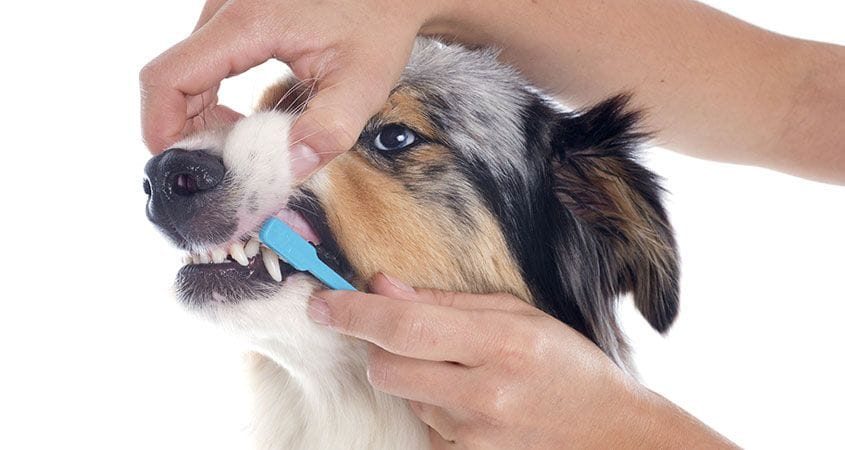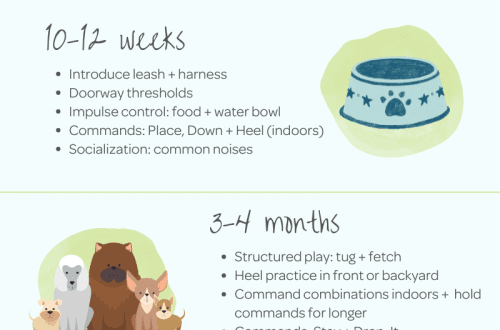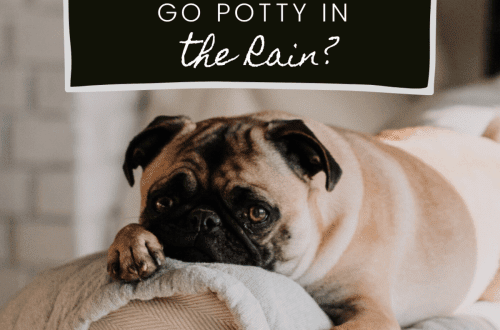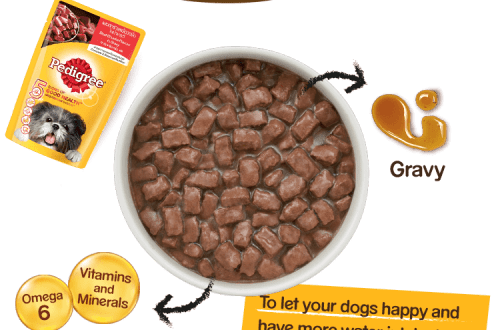
Dog Oral Care
Believe it or not, oral care is just as important for dogs as it is for humans. Adequate oral care affects the health of the animal as a whole. Dental plaque and tartar
Saliva, proteins, bacteria and food particles build up daily plaque on the teeth, which gradually increases in thickness if the teeth are not brushed. The minerals contained in saliva turn plaque into tartar, a yellowish hard deposit on the tooth along the edge of the gum. Tartar can irritate the gums and lead to the development of gingivitis, the first stage of periodontal disease.
Problem for all time
As the dog gets older, the problem can get worse. Bacteria and toxins attack the tooth, bone, gums, and connective tissues around the tooth, which can lead to serious infection and tooth loss.
Infection-causing bacteria can colonize the lungs, liver, kidneys, and heart if they enter the systemic circulation.
Therefore, taking care of your dog’s oral hygiene will not only keep your dog healthy, but also avoid huge dental bills.
Characteristic features
Your veterinarian will help identify any health issues during your pet’s annual checkup, but until then, you’ll have to watch for some signs on your own:
Deposits of yellow and brown tartar on the teeth along the gum line
Difficulty eating
swollen and bleeding gums
Bad breath smell
Remember that bad mouth odor can be due to a number of reasons, including diseases, so don’t blame it on the fact that the dog has aged.
Good toothbrush
So how do you take care of your dog’s mouth? In general, the same as for your own – regular brushing of teeth, proper nutrition and regular visits to the dentist. Brushing your dog’s teeth will be easier if you start teaching it from an early age, although it’s never too late to start.
Don’t use toothpaste made for humans, dogs are stressed by foaming and can cause stomach upset. There are special toothpastes for pets that are safer and taste much better.
Depending on the size of the teeth and the dog’s mouth, you can use a standard toothbrush. However, there are special toothbrushes that are worn on the finger and facilitate the cleaning process. Find out what your veterinarian will recommend.
How to make things easier
To teach a dog to brush his teeth, you first need to calm him down and cheer him up. Put some paste on your finger and gently massage her teeth so she can get used to the sensation.
The dog may not like it at first, but be patient and you will get the desired result.
Brush your teeth in a circular motion, paying special attention to the edge of your teeth along the gum line. Before you finish brushing, sweep the brush vertically towards the center of your mouth to remove all of the removed plaque.
You should brush your dog’s teeth at least once a week, and preferably every day.
Alternatives to brushing your teeth
There are specially formulated diets and treats for dogs that reduce the formation of tartar and prevent the development of periodontal disease.
This is the easiest way to ensure that you brush your teeth every day.
Discuss with your veterinarian which method is best. Remember that maintaining a dog’s oral hygiene is essential to their overall health.





